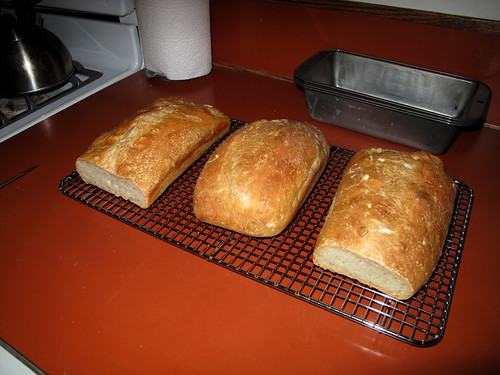Pane Fermento
Ok, here I am with my first post!
I am a new entry in TFL, but I have been reading your Blogs, Receipts and Q&A since about 1 year. I am italian, I live in the north of Italy and I love bread and baking.
- Log in or register to post comments
- 37 comments
- View post
- JoeVa's Blog

